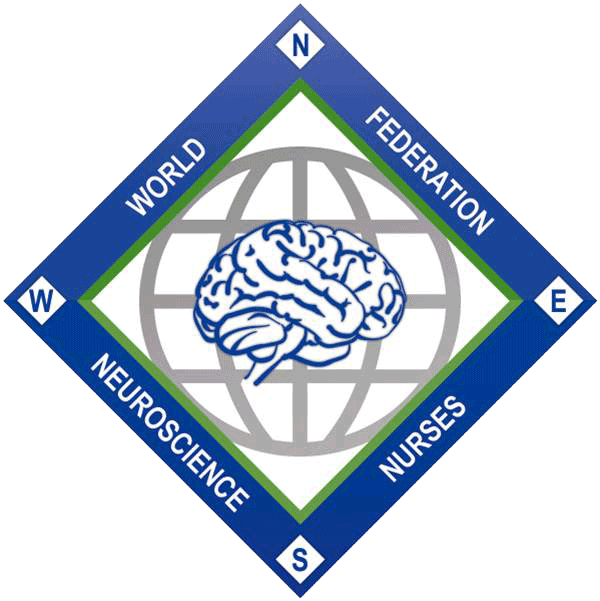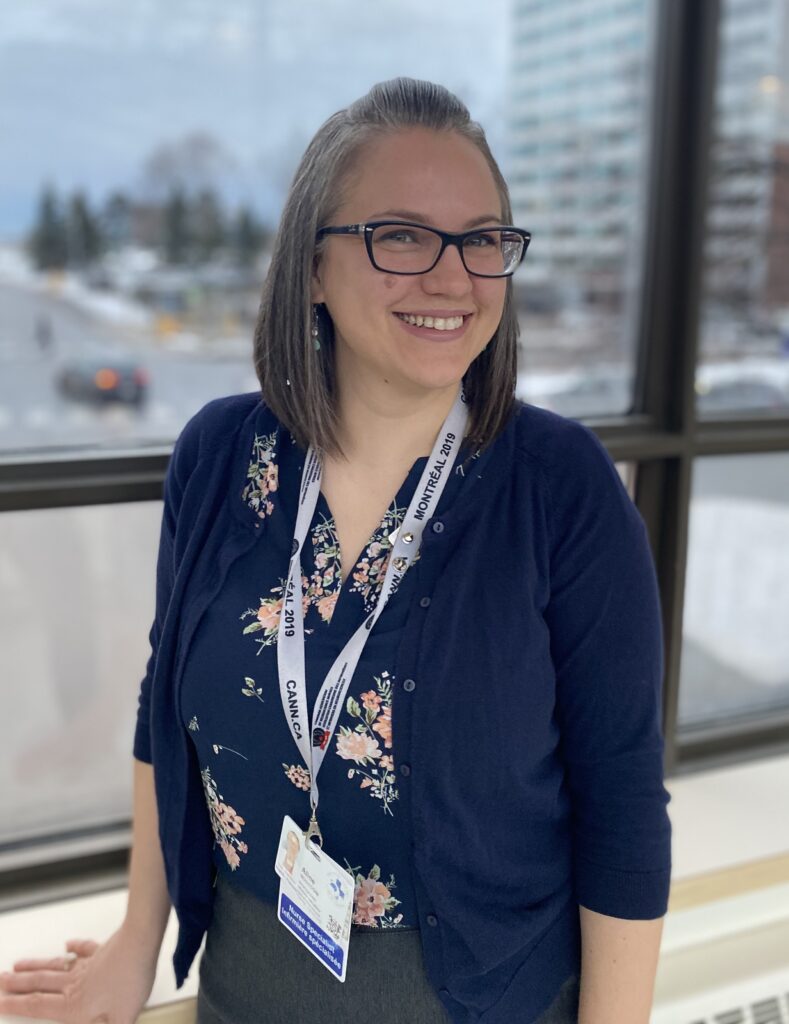WFNN


To better understand how the neuroscience nurse role looks in different parts of the world, we are interviewing nurses about their work and life. If you would like to nominate a neuroscience nurse for this Spotlight series, please complete our contact form.
Today we are honoured to interview Aline Bourgoin, a past-president of the Canadian Association of Neuroscience Nurses and a Stroke Prevention Coordinator/Nurse Specialist for the Champlain Regional Stroke Network which is located within the Ottawa Hospital. This is located in Canada’s capital city; Ottawa, Ontario.
How long have you held this position/role?
I have been in this role for 13 years, starting in 2008. Prior to this position, I was a staff nurse on the Neurosurgery ward at the Ottawa Hospital.
Did you need special education or certification to have this position/role?
The main requirement for this position when I started was to have experience in neuroscience nursing and knowledge in staff and patient education. I brought with me 6 years of acute neurosurgery nursing experience with 2 of those being a clinical care instructor for the University of Ottawa School of nursing program.
Please describe what a typical morning and afternoon looks like for you?
Because my position is both clinical and administrative, everyday is different!
I usually arrive at work for 7AM and leave after 3PM. If it is a heavy clinical day or I have a tight deadline for a project, I may need to stay until 5PM. Because I live just outside the city, the commute is usually around 45 mins.
Most days start off with clinical workload. Both my office and the outpatient clinic I support are located at the Hospital. However – they are not in the same building! My office is in a building with many other similar offices where many of my colleagues complete their administrative workload. When I support the outpatient Stroke Prevention Clinic, I go to a separate building where most of the acute patient care activities occur. The Stroke Prevention Clinic is in a shared space with the other outpatient Neurosciences clinics and therefore many subspecialties such as Stroke, MS, Movement disorders, neuro-oncology and Spinal Surgery collaborate.
Clinically, I start my day by triaging the referrals that are sent to the Stroke Prevention Clinic (SPC). There is a team of mainly 2 nurses (myself included) that maintain this role. We use Canadian Stroke Best Practice recommendations and clinical judgement to determine how quickly a patient needs to be seen by the stroke neurologist. We also complete comprehensive case management of each referral which may include using medical directives to order tests (such as CT brain or Carotid Doppler) for the patient in advance of their appointment in the SPC.
If it is a day where I am assigned to support the outpatient SPC, I head off to the clinic to see those referred patients in conjunction with the stroke neurologist working that day. With the physician, I support the visit by evaluating the patient’s medical history, completing a medication reconciliation and most importantly by offering risk factor counselling. This supports the patients we see to understand their risk factors and implement strategies to improve their health. This could include education on Home blood pressure monitoring, smoking cessation or strategies to improve diet and increase exercise in their daily activities.
If it is a day where I can dedicate time to my administrative workload, I focus on one of the many projects I have underway to improve stroke prevention care in our region. It could be meeting with stakeholders to discuss local data and strategies to improve, developing patient education materials or it could be re-designing protocols to meet current best practice recommendations for stroke care. In addition to these 2 main roles in my current position, I am also involved in staff education and have been asked to present on stroke prevention initiatives at continuous learning events locally and nationally.
In this role, I am blessed to work with 3 amazing and dynamic teams. I collaborate very closely with our small SPC team which includes myself, another nurse specialist, a RN and 2 administrative assistants. We have all been working together for many years and the strength of our team and how we function has really made the operations of the SPC what it is today. The team of physicians that support the SPC (there are 8!) are also amazing and supportive colleagues – we all truly work together in the best interests of the patients. They are all extremely supportive of the SPC nursing team and we function very cohesively together. The Champlain Regional Stroke Network team includes allied health members (PT, OT, SLP, SW and nursing), coordinators (for acute, rehab, community and system) and leadership. We all may not work together on every project for stroke in our region, but we all work to ensure that quality stroke care is available for residents in our region.
What is the most rewarding part of doing your work?
I love that my position allows me the best of both worlds. I can still work as a nurse expert and deliver specialised care to patients in a clinical setting all the while being able to also work towards ensuring that best care is delivered by all from an administrative perspective. My direct experience with patient care delivery allows me to have the perspective required to implement practice changes at a policy level.
The hardest part is not having enough hours in the day! Sometimes, the clinical load is so heavy that project work needs to wait. This can be especially stressful when some of those projects have tight deadlines. Other than that – I love what I do!
What is something about your job/role that you think would surprise others if they knew it?
That sometimes, I really miss being a bedside nurse and delivering basic nursing care. Things like dressing changes and bed baths and IV starts are something I really enjoyed as part of my acute nursing career that are no longer required in my outpatient role.
Thank you for sharing your thoughts, Aline!